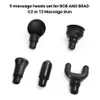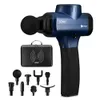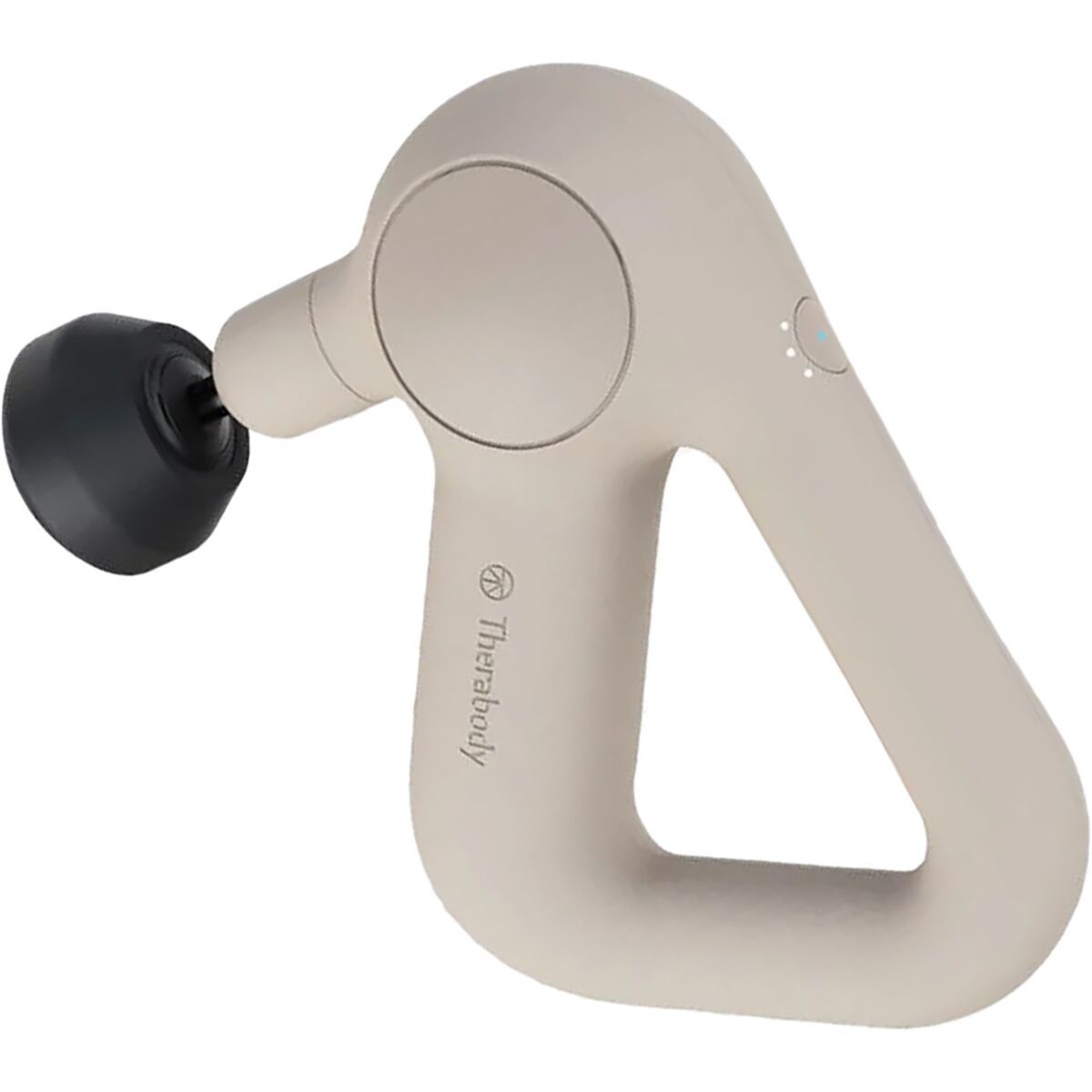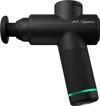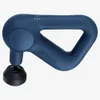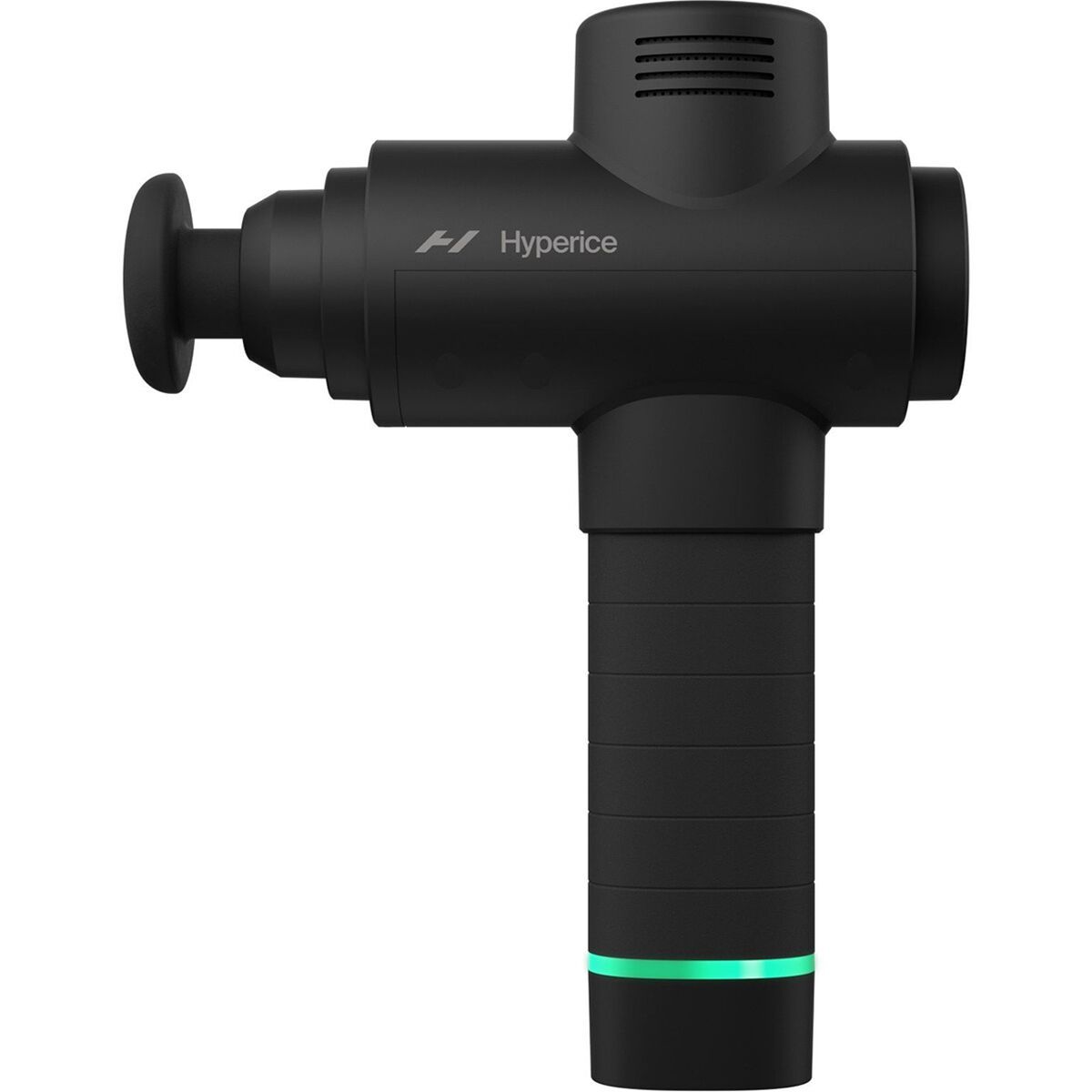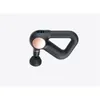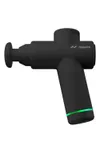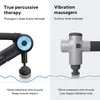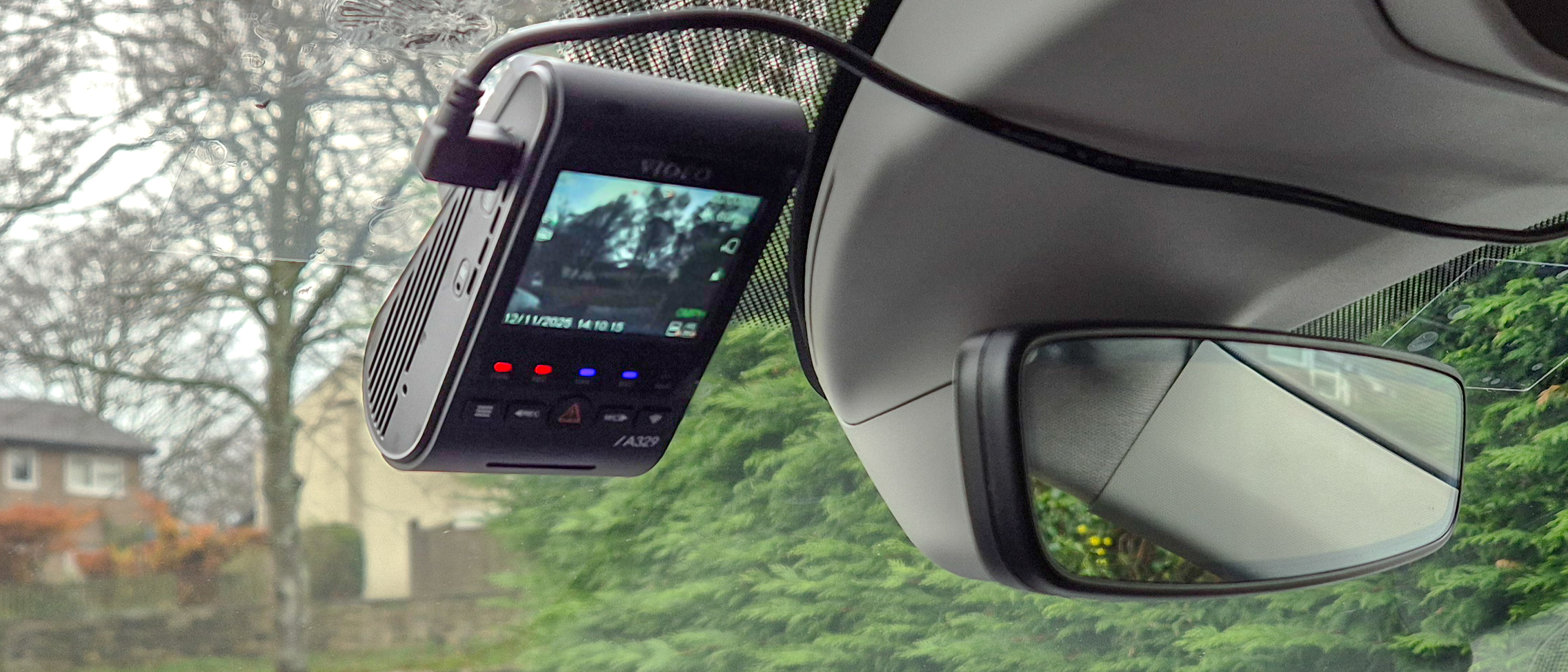Over 60? I’m a personal trainer, and these 3 floor exercises will show you how strong your core is
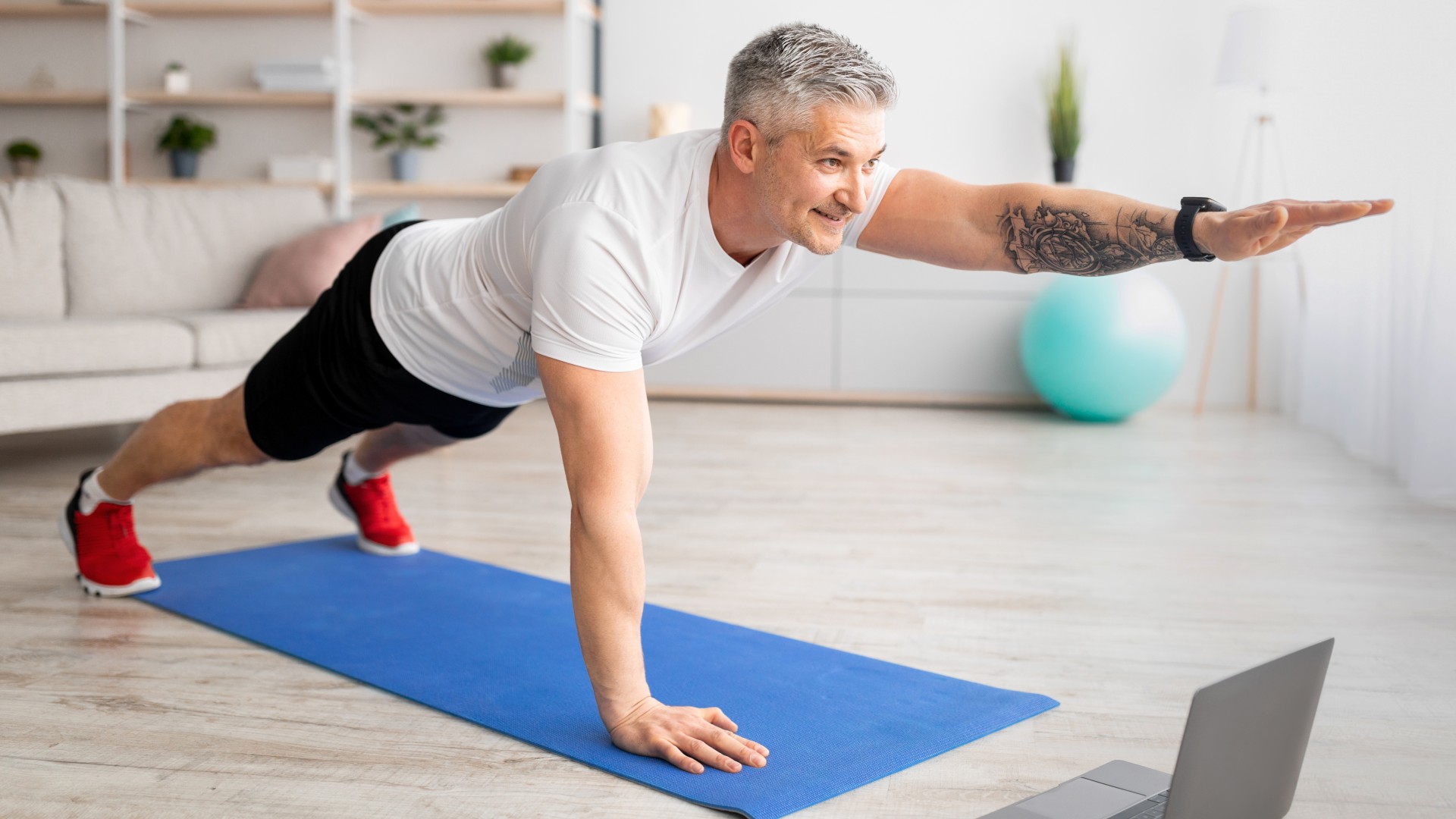
A strong core doesn’t mean you have a six-pack; it means the entire network of muscles within your torso, including your lower back, hips and glutes, is robust, stable and capable of withstanding impact. As we age, muscle atrophy and bone density loss become more common, and you might find it harder to maintain lean muscle mass or strength.
For that reason, I’d like to challenge you to try these three floor exercises; they test your core strength, stability and endurance, and can tell you how strong and stable these muscles are right now. Want to give them a try? Here’s how.
Why does a strong core matter?
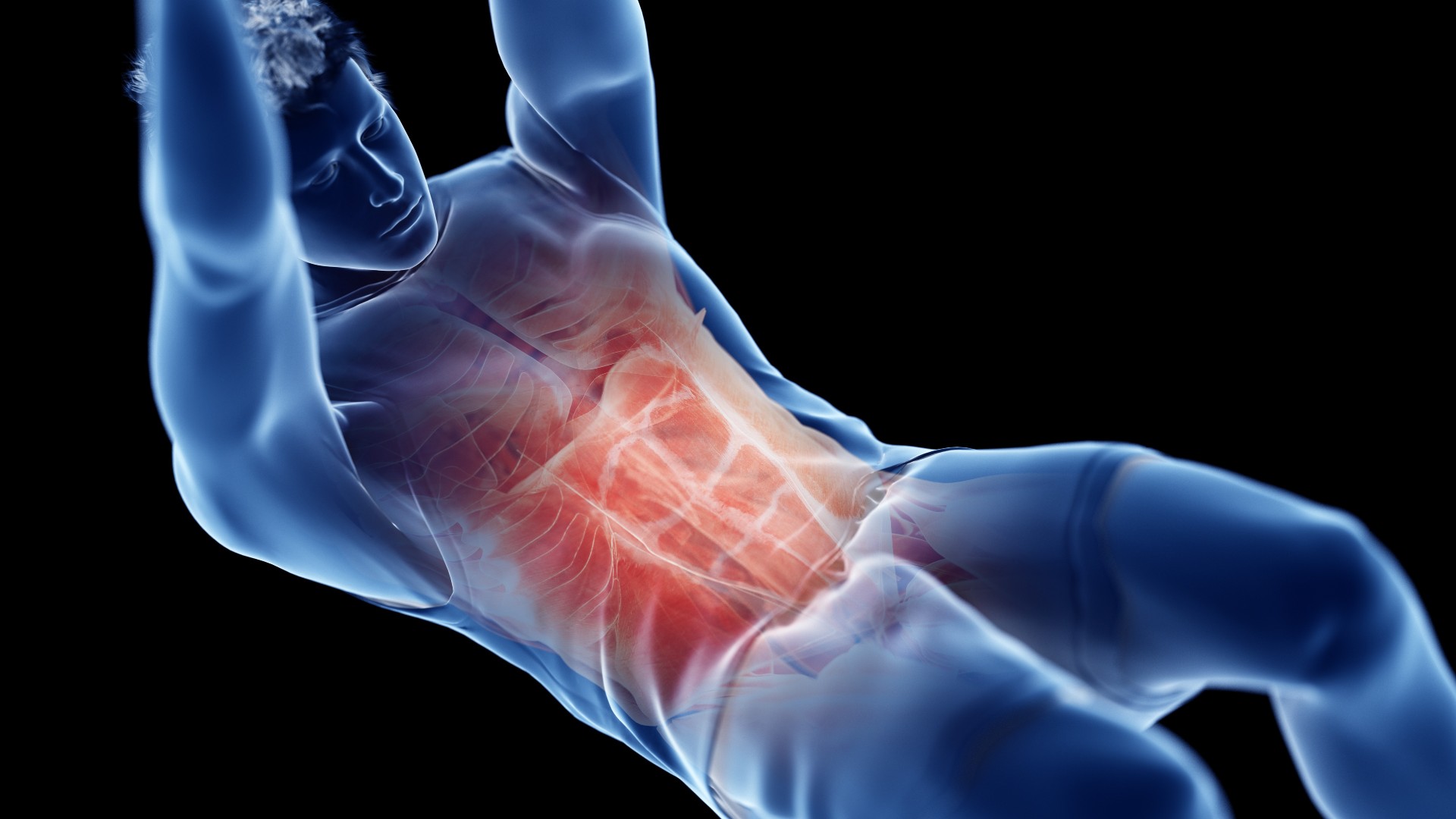
I encourage people to move for their future selves. Rather than just focusing on how fast you can run or how heavy you can lift, I say focus on how well your body moves — this is called functional fitness. If you can stay injury-free, strong and stable, this will help you remain independent at any age.
Your core is the powerhouse of your body — think of it as a hub from which your power generates. A strong core helps your torso move properly, while keeping you balanced, agile and stable; it protects your hips and spine, and even helps you run faster and lift heavier.
Standing core exercises are great for strengthening your body while catering to limited mobility, but floor exercises can tell me — as a trainer — how well a person can get up from the floor, maintain a position, or move without using momentum.
Can you complete these three floor exercises for your core? It’ll tell you a lot about your current levels of strength and control, and show you how to improve them.
1. Anti-rotational: Two-point plank
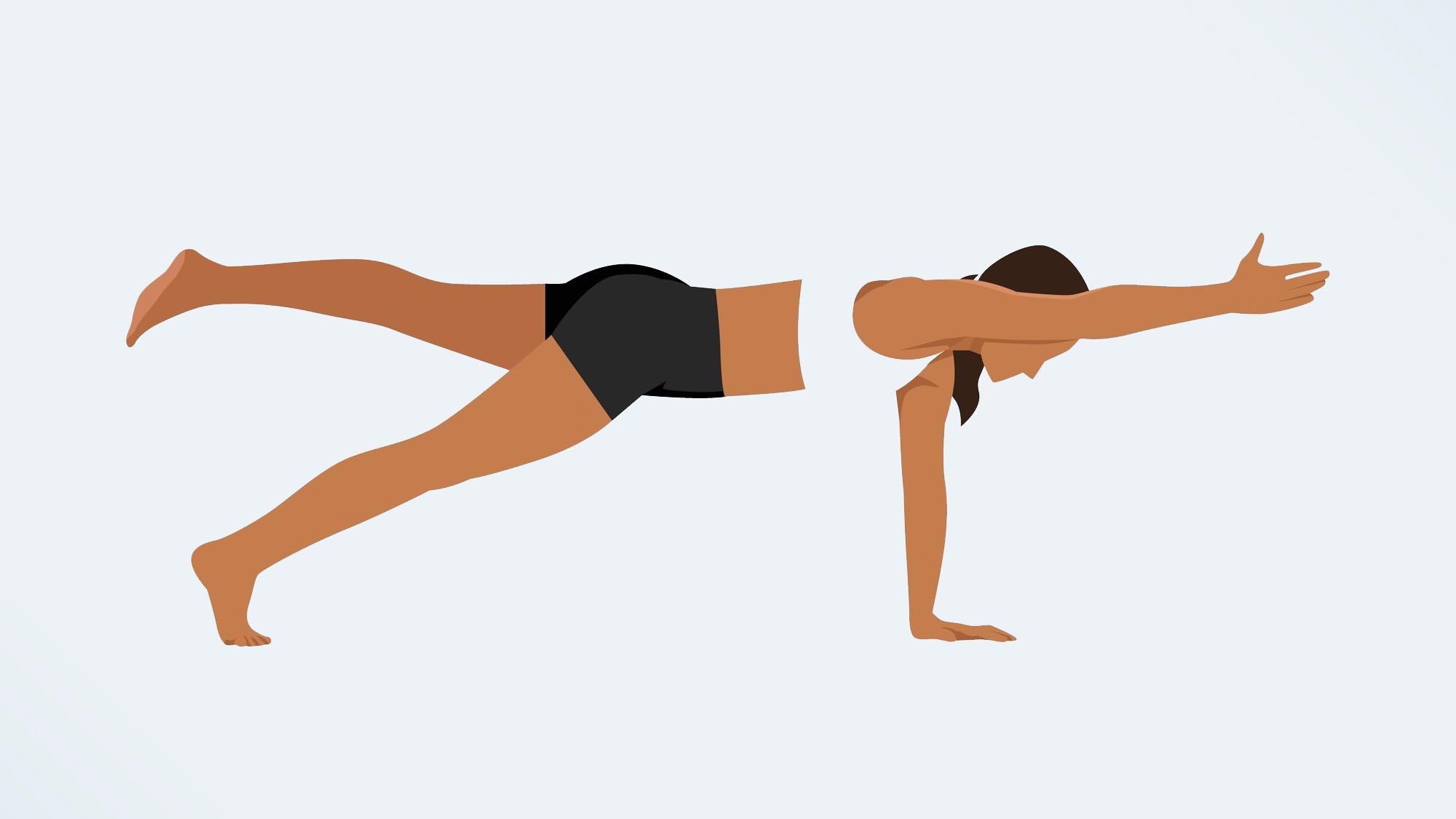
Anti-rotational exercises train your body to withstand rotation, keeping you in control and stabilizing your body against resistance. This challenges the deep, stabilizer muscles of your core, as well as strengthening a whole host of muscles, like your glutes, quads, shoulders and arms.
Get instant access to breaking news, the hottest reviews, great deals and helpful tips.
The two-point plank also teaches your body balance and coordination as you try to hold the position with an arm and leg in the air. For an easier entry into the challenge, make it a three-point hold and lift one arm or leg at a time.
- Start in a high plank with both shoulders stacked over your wrists and hips aligned with your shoulders
- Brace your stomach, quads and glutes
- Without lifting, lowering, or twisting your hips or torso, lift one arm in front of your body, pressing through one hand and both feet
- Lift the opposite leg at the same time
- Hold, then release and switch arm and leg
- If you are adopting a three-point hold, practice lifting one arm at a time and one leg at a time.
Try to maintain a strong plank position and hold each position with only two or three points of contact for 20 seconds each (beginners), 30 seconds (intermediate), or 45 seconds (advanced).
2. Reverse plank with leg lift
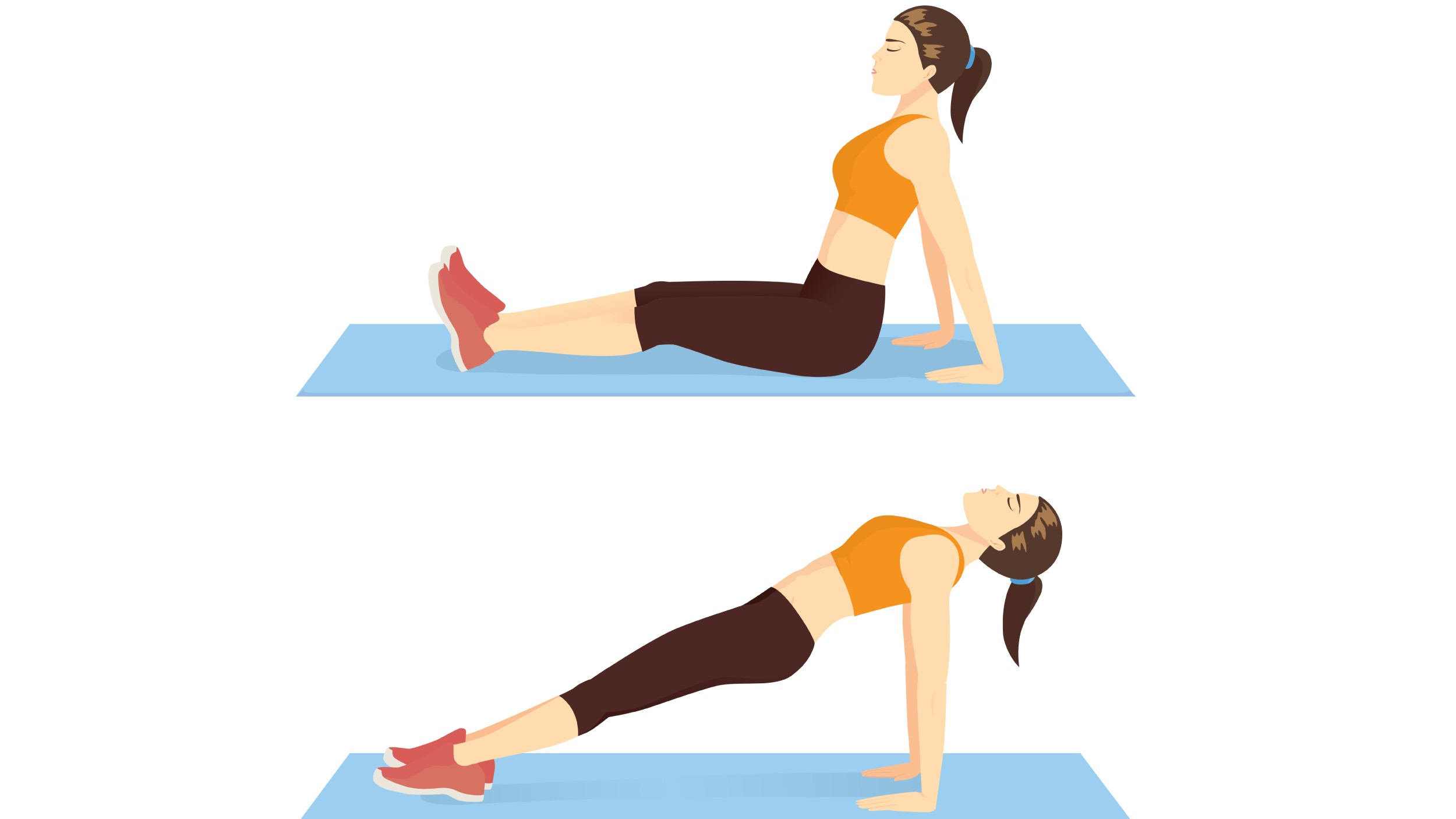
Reverse planks work the shoulders and back of the body harder as you flip the plank upside. You'll need to focus on extension at the hips and squeezing your glutes; both these muscle groups count as core muscles as they help to stabilize the lower back and pelvis.
As such, this move will strengthen the muscles that run along the back of your body, including your lower back. And if you ever find yourself needing to get off the floor or lift your butt off the floor from a supine (belly up) position, this move will help you do so more easily.
- Sit on your butt with your hands behind you, fingers pointing toward your body
- Extend your legs away from you
- Press through your hands and heels, then lift your hips into the air and press them toward the ceiling. You should maintain a strong straight line from shoulders to feet, toes up
- Brace your stomach, quads, glutes and hamstrings and don't allow your hips to sag
- Hold the position, then lower your butt to the floor. Throughout, keep your gaze forward
The test is to maintain the hold with strong form and without dropping your hips for 20 seconds (beginner), 30 (intermediate) or 45 seconds (advanced). For an extra challenge, see if you can lift a leg into the air and hold it, then switch legs halfway through.
3. Hollow hold
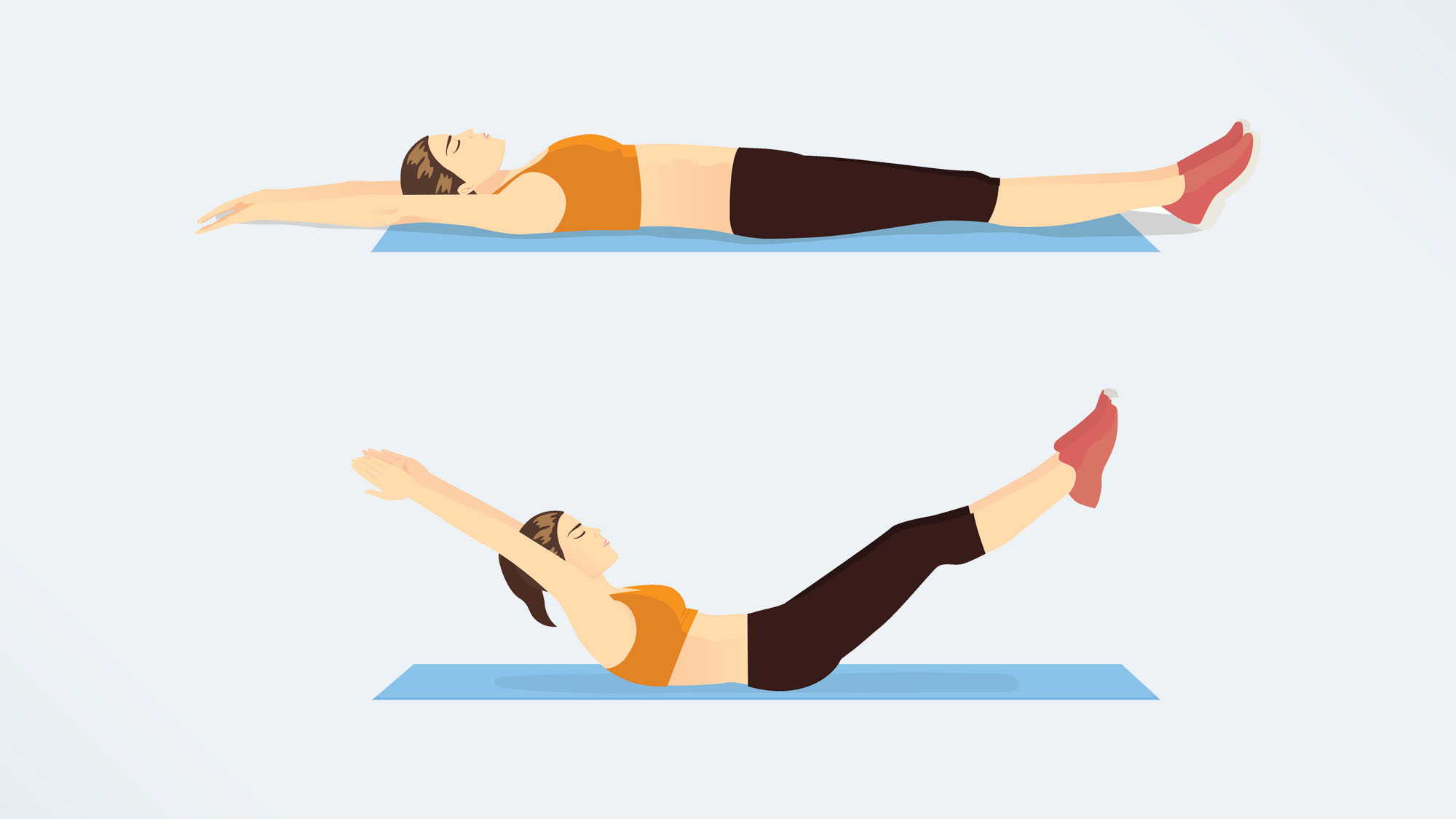
The hollow hold is used by gymnasts and calisthenics masters and tests true endurance, stability and core control. Even 20 seconds spent here is torture, but get better at this exercise, and see how quickly other core exercises become easier as a result.
It demands full-body tension, so focus on squeezing as many muscles as possible. The true test is keeping your abdominals and ribcage scooped in and your lower back pressed to the floor. Think of a banana shape as you hug your biceps to your ears and point your toes.
Building endurance in the hold will improve overall torso stability and posture, helping you to control your movements better.
- Lie on your back and extend your legs and arms away from you
- Tuck your pelvis slightly toward you and press your lower back into the mat below
- Lift your upper back away from the mat and send your gaze forward, not up, tucking your chin
- Pull your ribcage in and brace your stomach
- Lift your legs to hover a few inches from the mat, press them together, then point your toes
- Maintain tension across your body without moving and ensure your arms stay alongside your ears
- Breathe and hold, then release and lower to the mat.
As above, hold for 20 seconds as a beginner, 30 for intermediate and 45 for advanced. You could even test yourself for 60 seconds. If this feels too much to begin with, bend your knees and elbows.
How to improve core strength as you get older
I advise lifting weights or adding some form of resistance training to your routine, whether it's adding weight to a walk (like a loaded backpack), practicing bodyweight workouts, or lifting in the gym.
Posture is one of the first things to go, so if you notice you have a shallow breath, posture-building exercises are worth adding to your routine several days per week. You can bolster this with some simple breathing exercises for beginners, as this teaches you to use your diaphragm better and use your breath during exercise.
I train my dad several times a week, and, of the best anti-aging exercises I have taught him, balance training and anti-rotational movement (check out the Pallof press) have been the most beneficial. It builds power and really works your core to build control and stability as you try to resist the wobbles.
Remember that small and consistent efforts are better than going all-out here and there. Anything you can add is beneficial, and even one or two strength workouts a week could help you see results, whether that's 20-minute efforts or 60.
Think functional compound exercises that help you do your daily activities better, like lunges, squats, jumps, and pushes. And before you do anything else, learn to engage your core!
More from Tom's Guide
- Over 60? Forget walking and swimming — this simple exercise builds strength and balance
- I swapped running for 'Jeffing' for a week — and now I'm hooked
- Stiff hips? Personal trainer says this is the one exercise you should do to unstick them and boost flexibility

Sam Hopes is a level 3 qualified trainer, a level 2 Reiki practitioner and fitness editor at Tom's Guide. She is also currently undertaking her Yoga For Athletes training course.
Sam has written for various fitness brands and websites over the years and has experience across brands at Future, such as Live Science, Fit&Well, Coach, and T3.
Having coached at fitness studios like F45 and Virgin Active and personal trained, Sam now primarily teaches outdoor bootcamps, bodyweight, calisthenics and kettlebells.
She also coaches mobility and flexibility classes several times a week and believes that true strength comes from a holistic approach to training your body.
Sam has completed two mixed doubles Hyrox competitions in London and the Netherlands and finished her first doubles attempt in 1:11.
You must confirm your public display name before commenting
Please logout and then login again, you will then be prompted to enter your display name.
